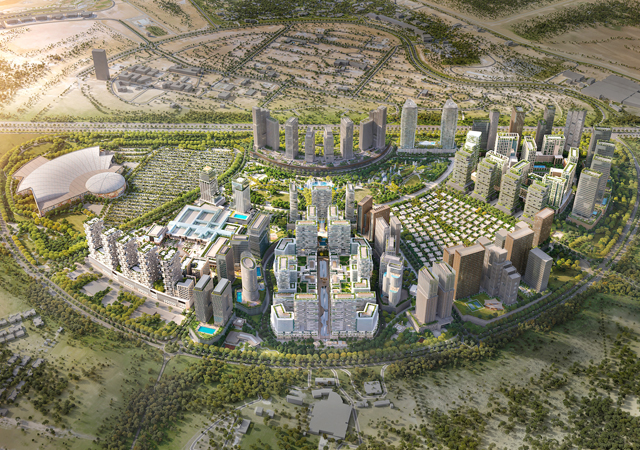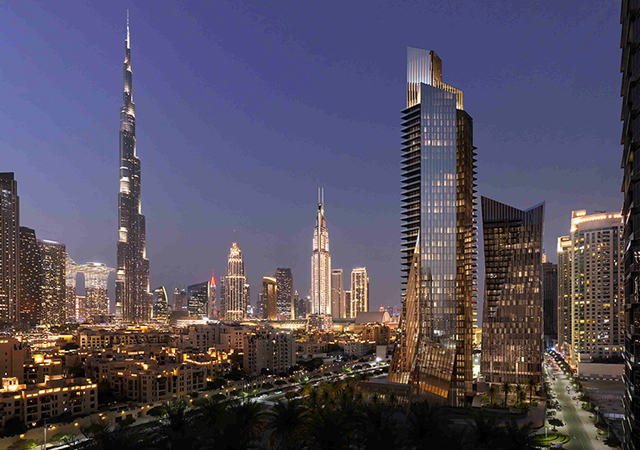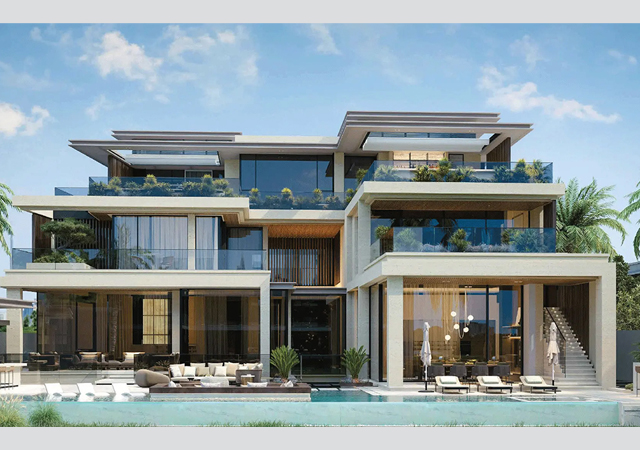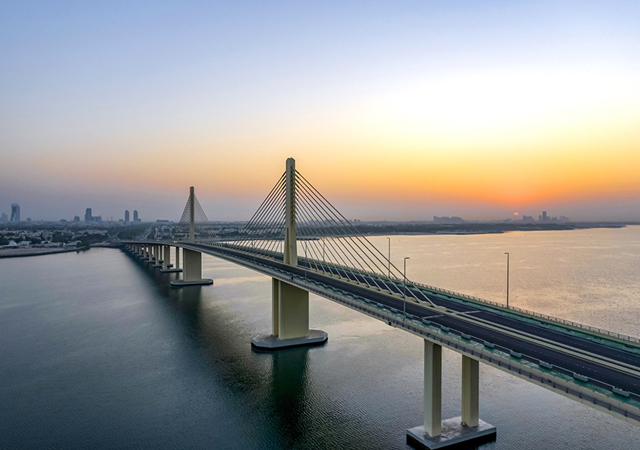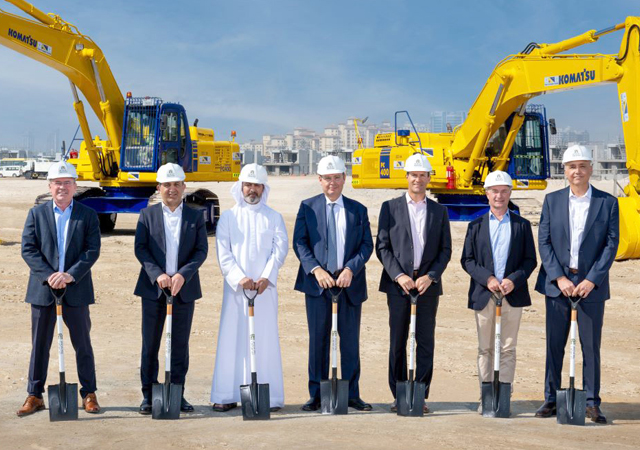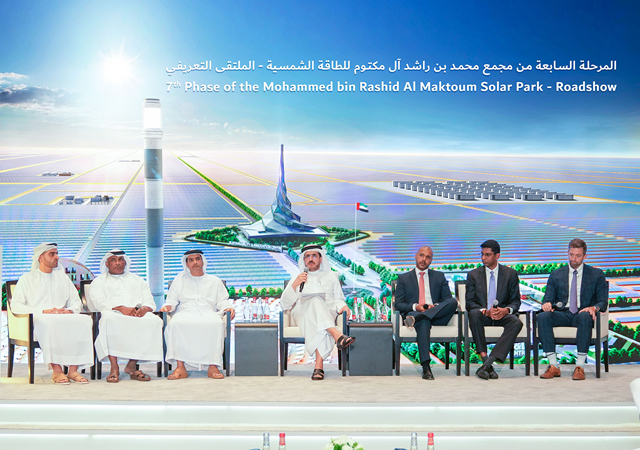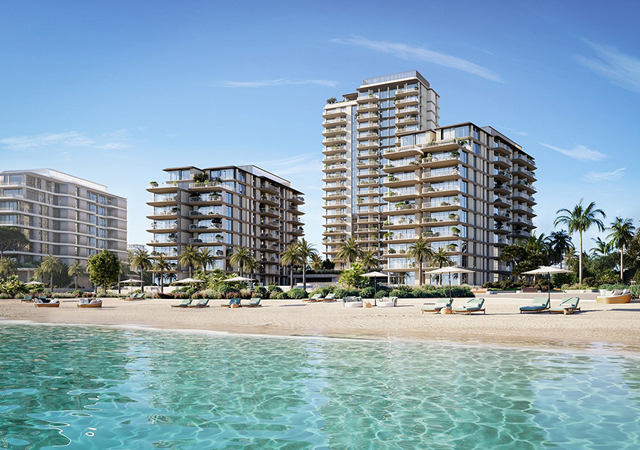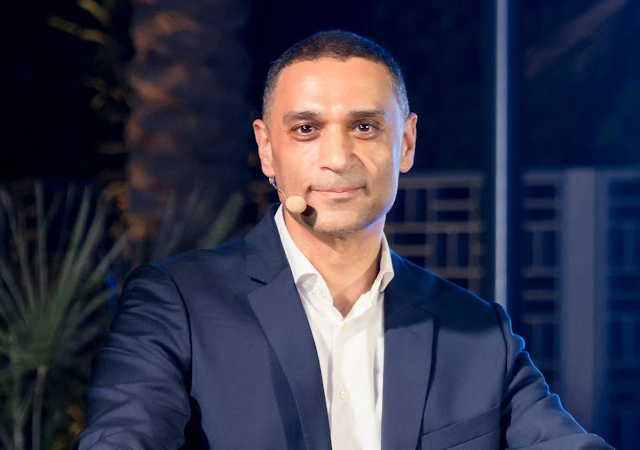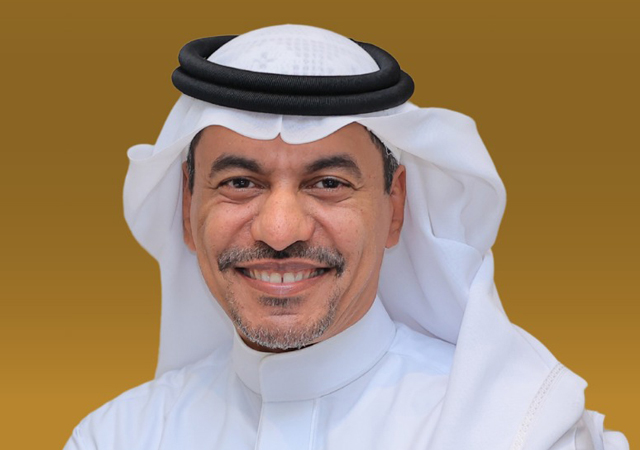
 Makkah Royal Clock Tower ... the composite hilal is built out of carbon fibre.
Makkah Royal Clock Tower ... the composite hilal is built out of carbon fibre.
COMPOSITE materials are set to be the material of choice for facades and cladding, says Premier Composite Technologies (PCT), a global supplier and manufacturer of advanced composite components which has just signed a contract for one of the stations of Saudi Arabia’s prestigious Haramain High Speed Railway.
With pressure mounting on architects to design ‘green’ buildings, glass façades will lose their popularity, according to Hannes Waimer, managing director of Dubai-headquartered PCT. “Composite materials with little glass can help achieve higher u-values, which means less energy is required to cool down the building.”
In addition, composite materials offer a host of other advantages in construction that are impossible to match with traditional materials, he claims. “They are easier to mould, offering much more freedom to architects to be more inventive and create complicated shapes. They can also integrate special surface finishes and effects, are lightweight, and offer superior durability with reduced life-cycle costs and less degradation. Besides, they also drastically reduce installation time,” Waimer says.
 |
|
The façade is built using advanced composite materials. |
PCT was set up in 2006 by a group of composite enthusiasts led by Waimer, who has over 20 years of experience in constructing advanced composite components.
“A lot of people mistake us for a glass reinforced plastics (GRP) company. However, we deal with advanced composites and large volumes of carbon fibre.’’
Elaborating on the material process that the company specialises in, Waimer says: “Composites are formed of two or more constituents that act in synergy to form a material that can offer significant benefits for a wide range of applications.
Although composites have been in use from the earliest times, in the 20th century a new breed in composite materials were developed using polymer matrices with high-performance reinforcement fibres. The resulting material offers higher stiffness and strength-to-weight ratio compared to conventional materials and helps achieve complex shapes with greater accuracy. Designing with these materials opens up a range of possibilities.
“Optimising the performance of the structure can start with modification of the building blocks of the materials. The chemistry of the resins can be modified to produce materials with specific characteristics for projects. For example, a new fire-retardant resin system was developed specifically for the façade of the Makkah Royal Hotel Clock Tower,” he says.
Projects
Over the past two decades, PCT has undertaken a large number of projects covering a wide range of complex composite structures. Of these, 11 are high-profile architectural projects, including Saudi Arabia’s Makkah Clock Royal Tower, for which PCT supplied 60,000 sq m of composite cladding for the tower and clock faces.
Located opposite the Grand Mosque and featuring the largest clock in the world, the Fairmont-operated hotel tower forms the centrepiece of the Development of King Abdul Aziz Endowment (Dokaae) project.
PCT supplied the uppermost 230 m of the 601-m-high tower with cladding made from glassfibre composites. It also laminated the epoxy glassfibre foam sandwich clock faces that each measure 43 m in diameter. The massive clock hands, measuring 23 m in length, were produced from carbon fibre prepregs.
As the east and west faces are slightly narrower (38 m wide by 43 m tall) than the north and south faces (43 m square), PCT had to fabricate two different pairs of clock faces, each assembled from hundreds of differently shaped panels, which were drilled to accommodate a total of 700,000 light-emitting diodes (LEDs) for night-time illumination. Further, the clock has been crowned with a 23-m-diameter carbon fibre crescent – making it the largest crescent ever built.
Here, its composites offered the advantages of being lightweight yet robust, while enabling quick and economical fabrication.
PCT has now been awarded a contract to supply composite roof and inner ceiling panels for the Madinah station of the Haramain High Speed Railway project.
“Covering a surface area of 26,000 sq m, the station will consist of a repetitive pattern that is made up of diamond-shaped panels that fit together to make one large square module. Each panel is required to be structural, lightweight, fire resistant, immune to extreme temperatures and weather conditions and easy to install. We developed, alongside Foster + Partners and Buro Happold, an advanced composite solution that would meet all requirements,” says Waimer.
“During this development phase, we built a 1:1 prototype panel measuring approximately 13 sq m. This was structurally built using a fire-resistant sandwich of glassfibre and epoxy resin combined with a lightweight core that was then finished with fire-resistant resin and stainless steel coloured tiles,” he adds.
PCT has commenced the production of 2,048 of these panels to complete the 26,000-sq-m roof surface area of the Madinah station.
 |
|
The five- and six-axis milling machines are the largest in the UAE and mill high-precision moulds. |
Further afield, the company has recently been awarded a Dar Al-Handasah-designed project in Angola to build the dome for the new National Assembly Hall in Luanda. One of the largest composite domes to be ever built, it will be 23 m high with a 42-m diameter, with its 4,050-sq-m surface split into 150 panels. The dome will also include 3D moulded white ribs with integrated LED light fittings. The finishes include glass mosaic tiles in a special salmon colour created using two colour tones.
Among its numerous references in the region, PCT has previously executed a total of 114 domes for the Emirates Palace hotel in Abu Dhabi, UAE. The largest is the Grand Atrium dome, which is 42 m wide with a surface finish of silver and gold-coloured glass mosaic tiles, and featuring a gold finial at its apex. The gazebo and main auditorium both have domes measuring 17 m in diameter, while smaller domes range from 2.9 m to 12 m in diameter.
All domes are finished in mosaic tiles, complementing the entire building, whose colours reflect the different shades of sand found in the Arabian desert. The project was executed by the PCT team while it was based in Malaysia, according to Waimer.
“PCT domes are built as self-supportive structures out of an advanced composite sandwich of glassfibre and epoxy resin with a thermoplastic honeycomb core. This ensures the dome is durable and, most importantly, lightweight,” he points out.
The shells of the composite domes for Emirates Palace were pre-assembled at ground level into large segments that were then lifted into place. “With the exception of the main dome, the gazebo and the triumphal arch, all domes and vaulted roofs are self-supportive. The domes are installed on steel or reinforced concrete ring beams with footing plates and brackets,” he explains.
PCT also produced a number of interior structures for the Grand Mosque in Abu Dhabi. These include the minbar, imam’s chair, interior niche panels and 44 Quran bookshelves. All the structures were created out of solid black American walnut with hand-cut and hand-laid mother-of-pearl and silver inlay works.
Earlier projects in Saudi Arabia have included the Prophet’s Mosque in Madinah. “We developed innovative techniques for the production of 27 sliding domes for the Prophet’s Holy Mosque. The lightweight composite domes provide a mobile roof for the internal courtyards, sliding open and shut in response to extreme temperatures and support the air-conditioned environment of the mosque.”
The sliding domes are based on the concept of convertible roofs and each dome slides open on a wheel carriage to allow natural light and air.
 |
|
Each clock hand for the tower is a self-supportive carbon fibre structure that measures 17 and 22 m long and weighs 10 tonnes. |
The domes are made from a sandwich of glass and carbon fibre and epoxy resin composite with a thermoplastic foam core. “This material is strong, durable and extremely lightweight, weighing as little as 10 to 15 per cent of the weight of an equivalent dome built in concrete,” he explains.
The richly decorated interior domes are fabricated in maple wood veneer and Moroccan cedar. PCT team did this project when they were based in Germany, trading as Speedwave.
PCT has also built mosaic tiled, external cladding for 250 foldable umbrellas for the Madinah Haram piazza. “These umbrellas provide a convertible roof that shelter 106,000 sq m of the piazza from the elements and also improve climatic conditions. One single open umbrella structure spans an area of 625 sq m,” says Waimer.
Facilities
The successful creation of large, high-quality, epoxy composite structures requires specialist knowledge of structural design, materials technology, engineering and processing. PCT is in the unique position of possessing all of these disciplines at its design centre in Dubai Investment Park (DIP), he claims.
The company has been witnessing tremendous growth since it started operations with five people in 2006 from a small office and a rented factory. It today employs over 800 people and has four large manufacturing sites in Dubai which now cover an area of 229,000 sq ft. Within the factory, there are designated areas for production, prototyping, assembly, carpentry and metal work. In addition, there is a facility for tiling and trimming.
This integrated facility includes state-of-the-art production technology including a six-axis CNC milling machine that machines metal components, the largest five-axis CNC milling machine in the Middle East, plus a three-axis milling machine, waterjet cutting machine and CNC cutting table.
 |
|
Haramain High Speed Railway project ... PCT will supply the compositeroofing panels for the Madinah station. |
The milling machines are the heart of PCT’s facilities, milling the raw blocks to the exact geometry of the required moulds.
The company has a staff of 800 employees, including its own installation team of 150 people, with the rest being architects, design engineers, chemists, account managers, quality assurance, purchasing, marketing and production staff.
In addition, it has a dedicated team and facility for the production of mock-ups, prototypes and samples that are requested by the clients to assist in design development and decision making on materials.
PCT also offers a range of solutions for railway components, both for exteriors and for interiors. In addition, the company builds performance yachts and has worked with renowned designers to develop the new Farr 400 racing yacht as well as custom components for other racing yachts competing at the highest level.



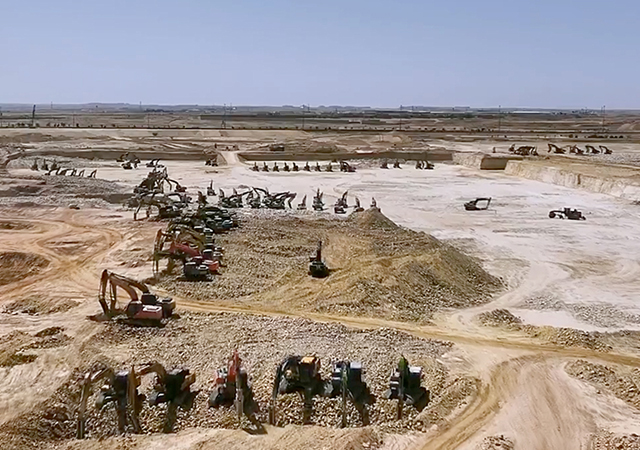
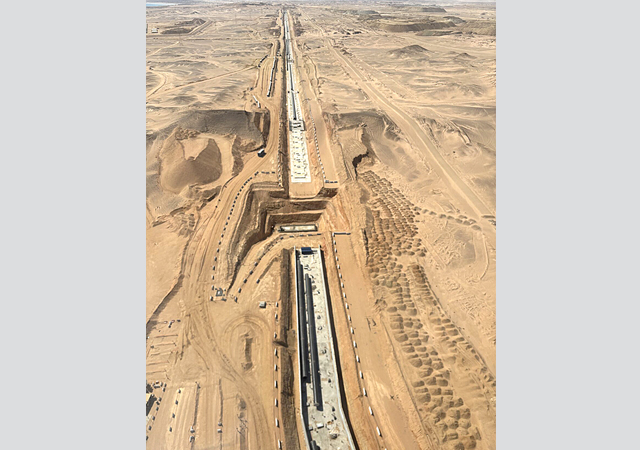
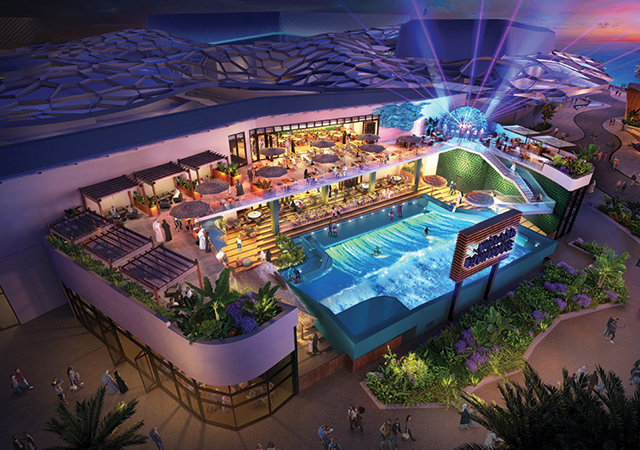
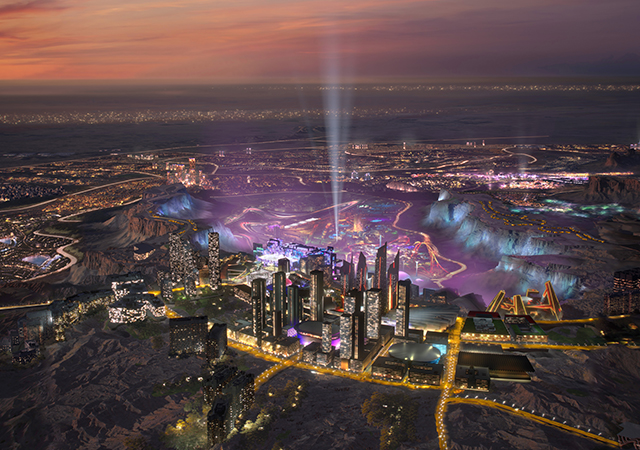
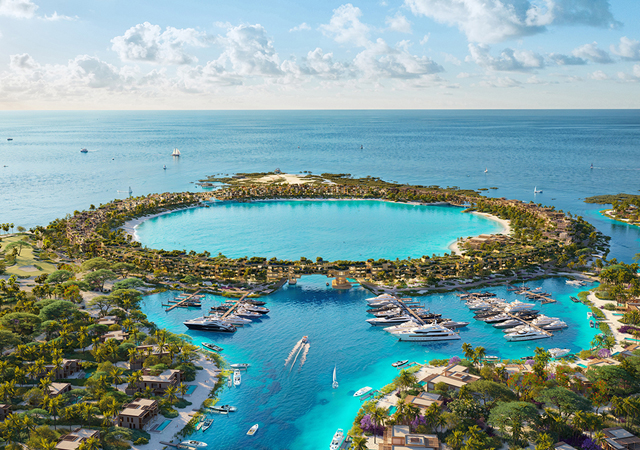

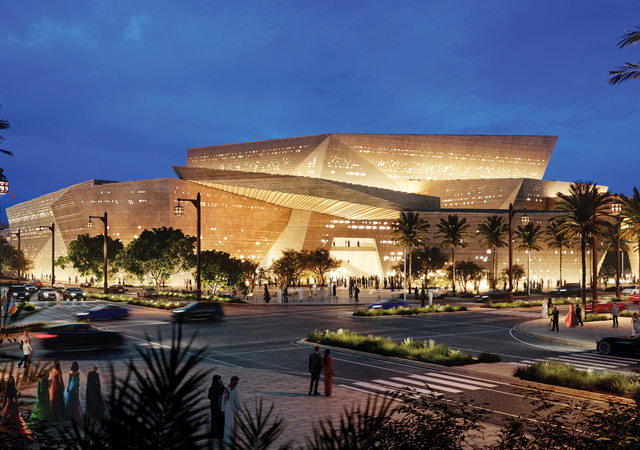
 BIG.jpg)
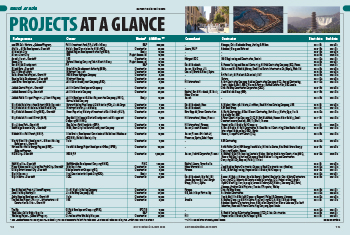
.jpg)
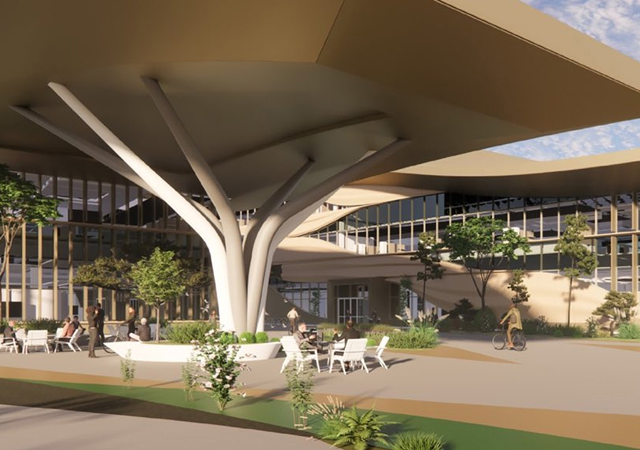
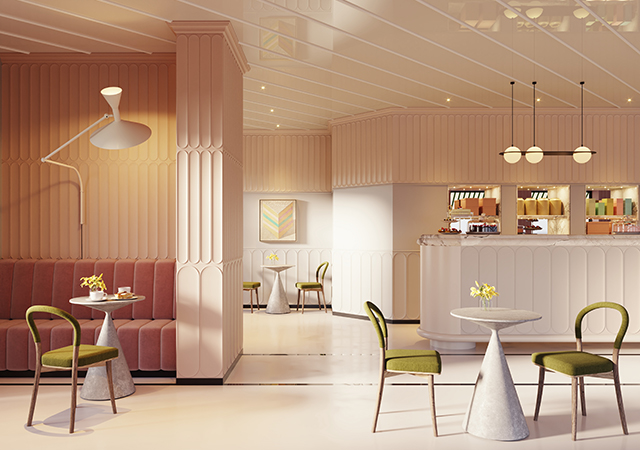
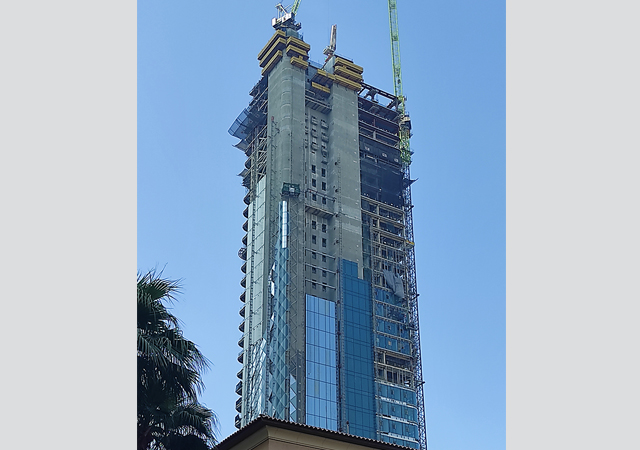
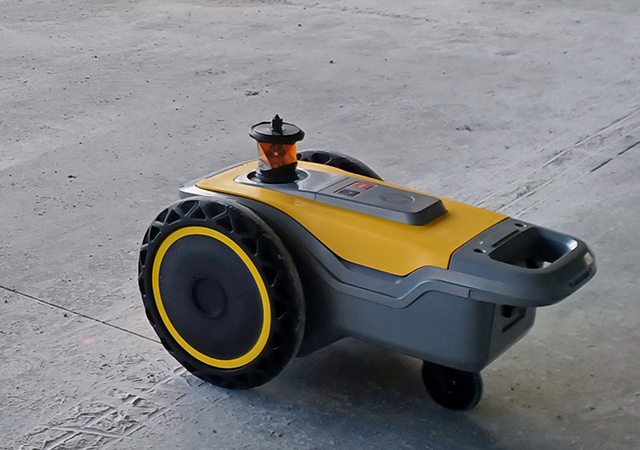
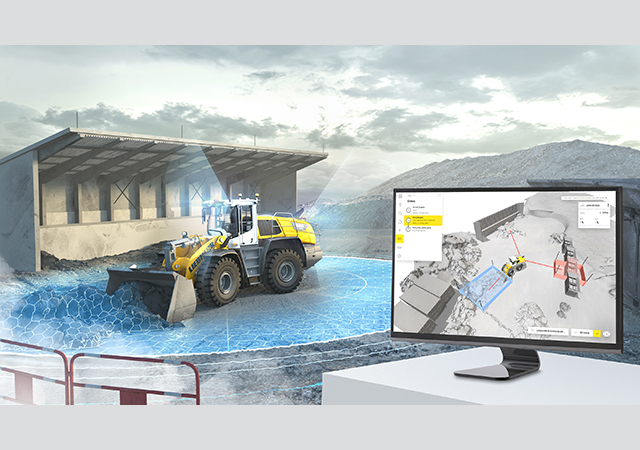
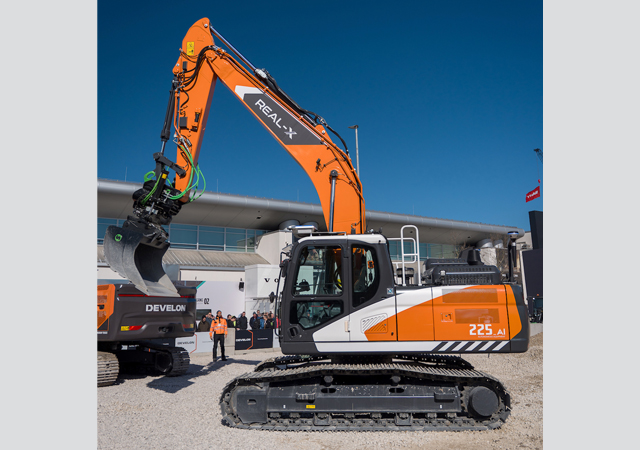
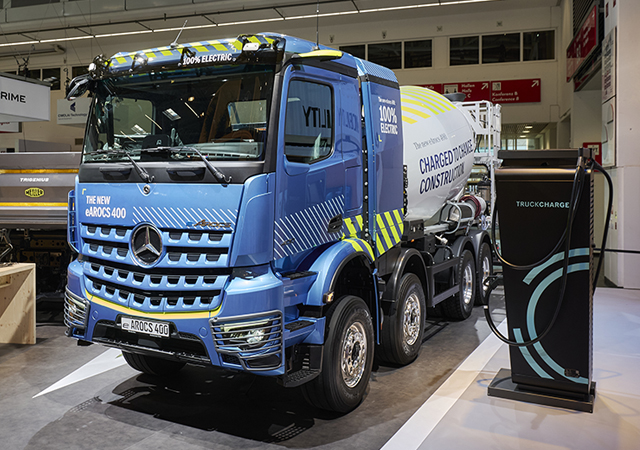



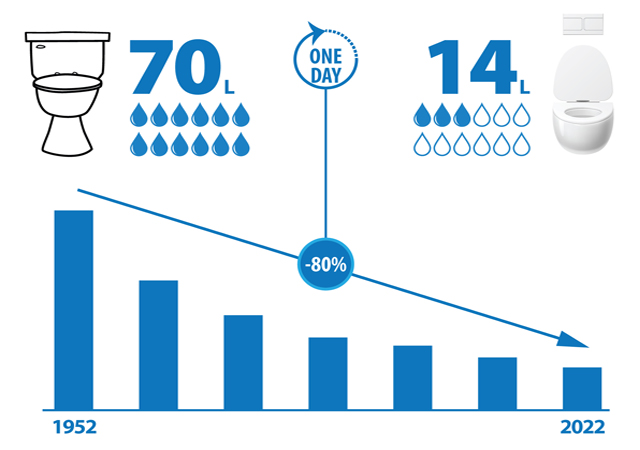

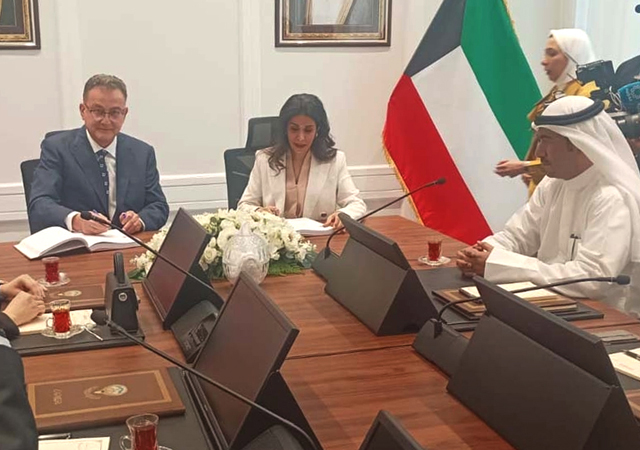
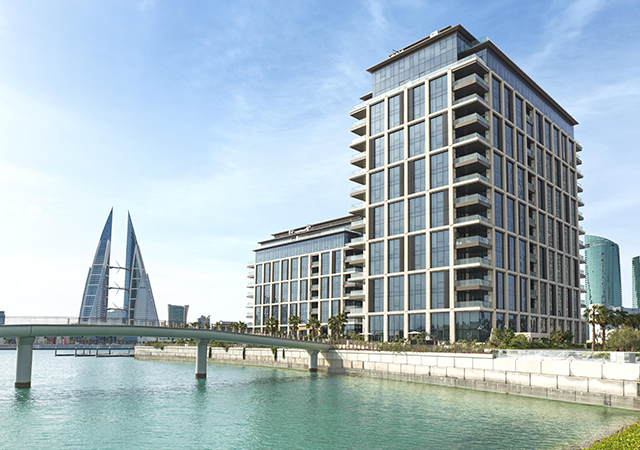
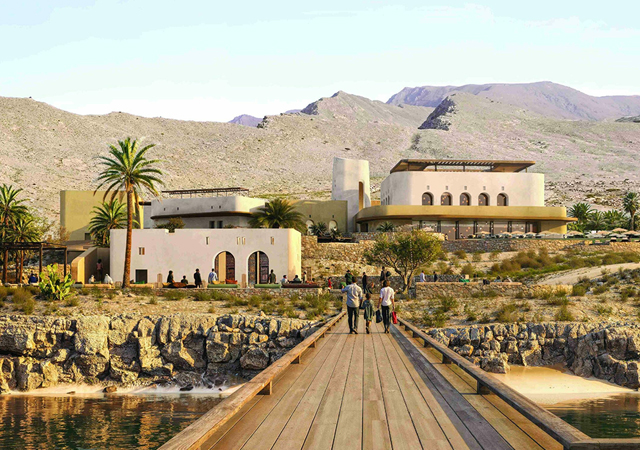
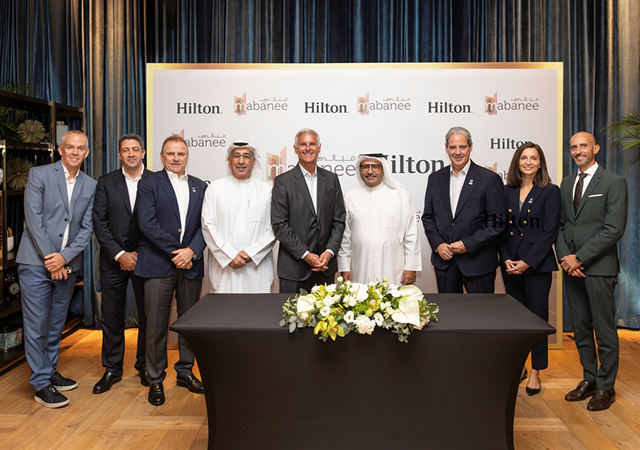
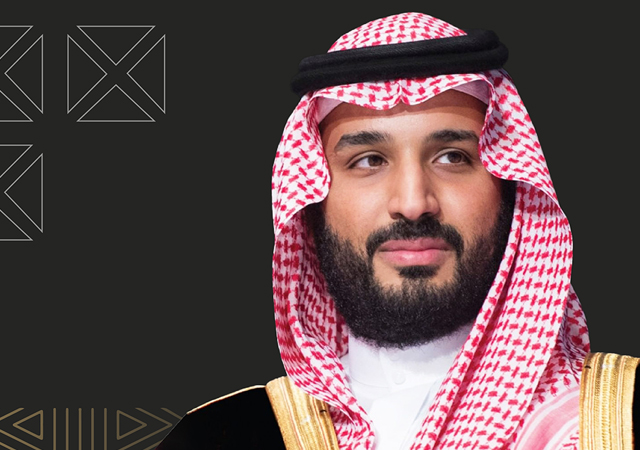

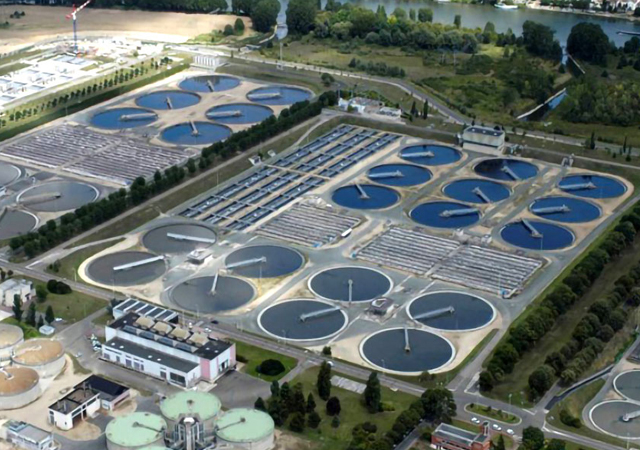
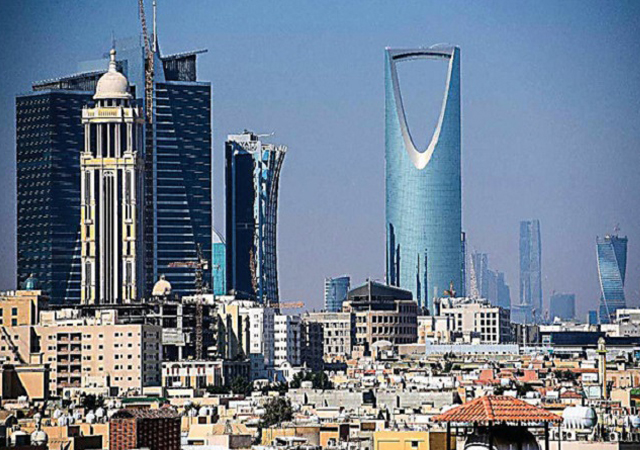
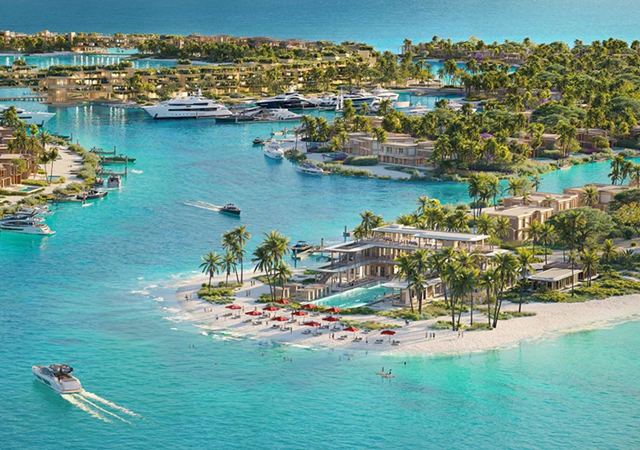
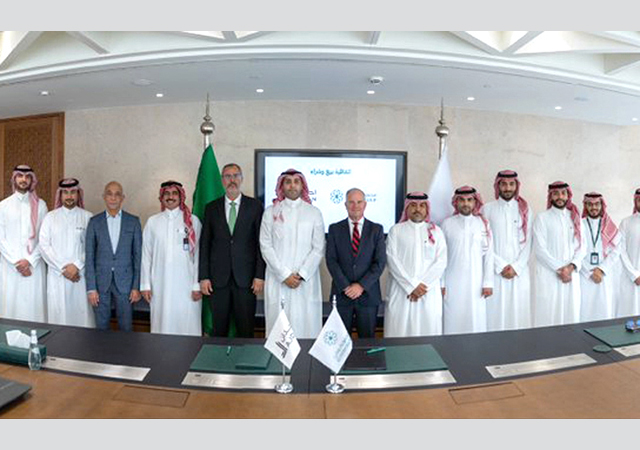

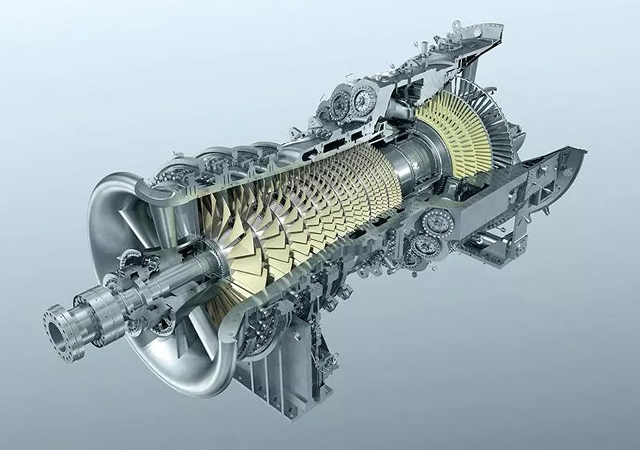
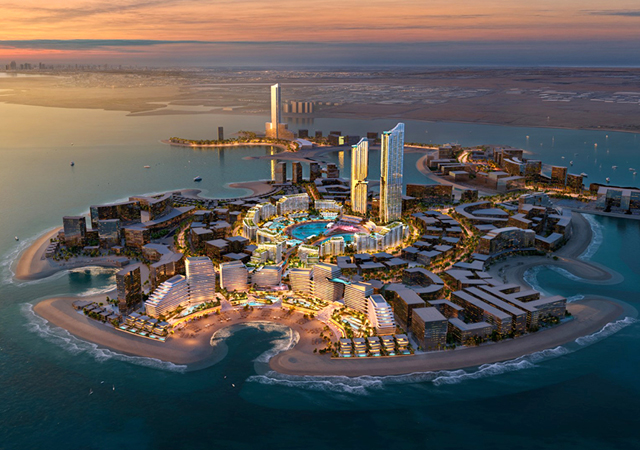
.jpg)
